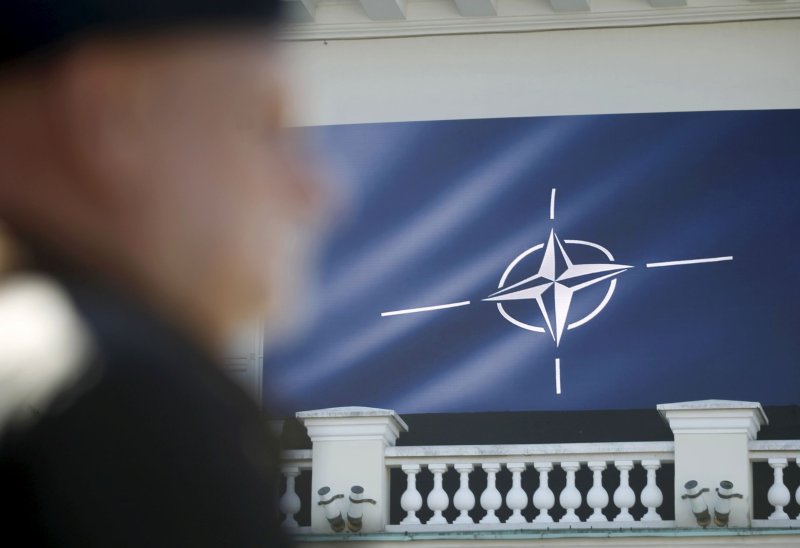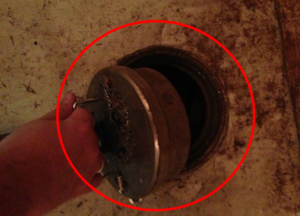
As worries grow that the Ukrainian war could spread to the skies after Russia shot down a U.S. drone earlier this week, officials said Wednesday that British and German fighter jets were dispatched to intercept Russian aircraft flying close to Estonian airspace.
When they each launched a Typhoon jet from Amari Air Base on Tuesday to intercept a Russian air-to-air refueling aircraft that was flying between St. Petersburg and Kaliningrad, the Royal and German air forces were conducting planned joint NATO Air Policing near Estonia, according to a statement from the British Defense Ministry.
According to the report, the IL78 Midas’ failure to communicate with Estonian air traffic control resulted in the scrambling of ally aircraft.
“We identified and monitored it as it transited close to NATO airspace,” said an unnamed fighter pilot from IX (Bomber) Squadron, operating as part of 140 Expeditionary Air Wing, who was on Quick Reaction Alert duty when the scramble was called.
We will intercept any aircraft that is not in communication with air traffic control or flying in accordance with a recognized flight plan in order to confirm their identity and maintain flight safety for all users of the airspace.
According to the ministry, the fighter jets were instructed to intercept a Russian AN148 airliner that was also flying close to Estonian airspace after the “successful” visual identification and escort.
Although interceptions are common during NATO missions, this was the first time a German Air Force Typhoon was involved in a joint NATO Air policing interception, according to officials.”It was great to see the U.K. and German elements operate as one team,” Wing Commander Scott Maccoll, commander of the Royal Air Force’s 140 Expeditionary Air Wing, said in a statement. “As NATO continually adapts its structures and workforce, today shows us the next evolution.”
NATO fighter jets are scrambled hundreds of times a year to intercept. In 2021, jets were scrambled 370 times across Europe, with 290 of those missions being in response to Russian aircraft, according to NATO data.
However, the most recent mission occurred on the same day Russian fighter jets collided with a U.S. military drone over international airspace, causing the aerial to be crashed into the Black Sea after it became unflyable.






